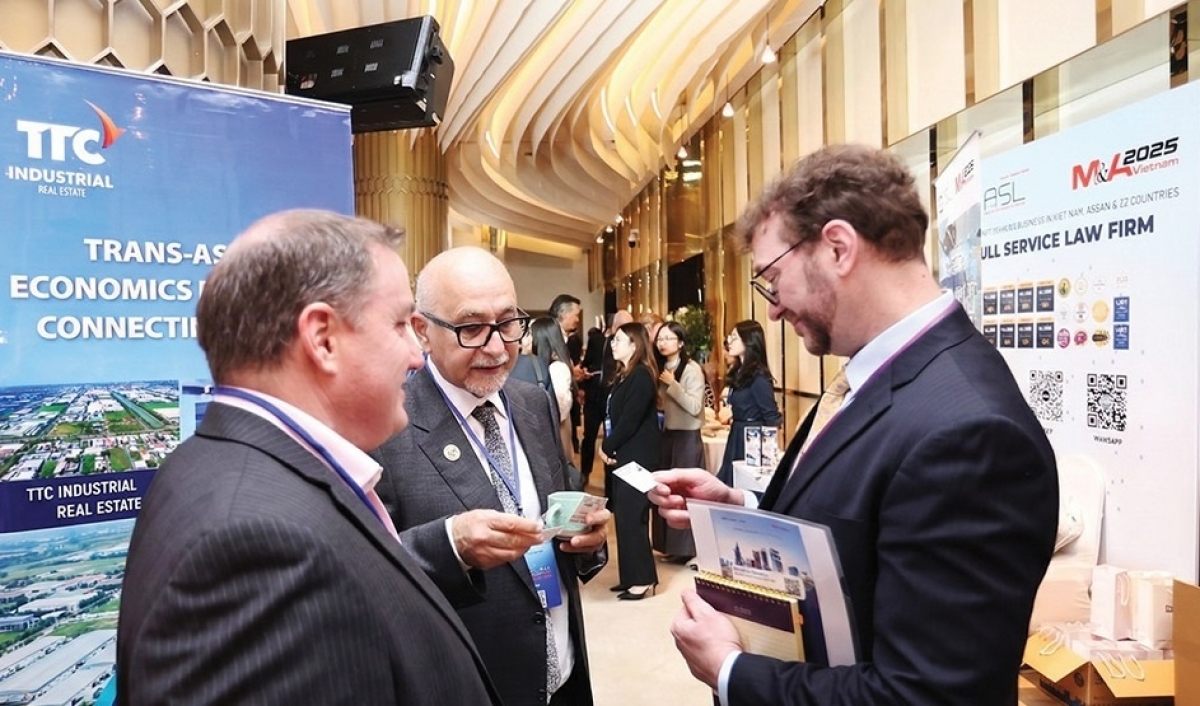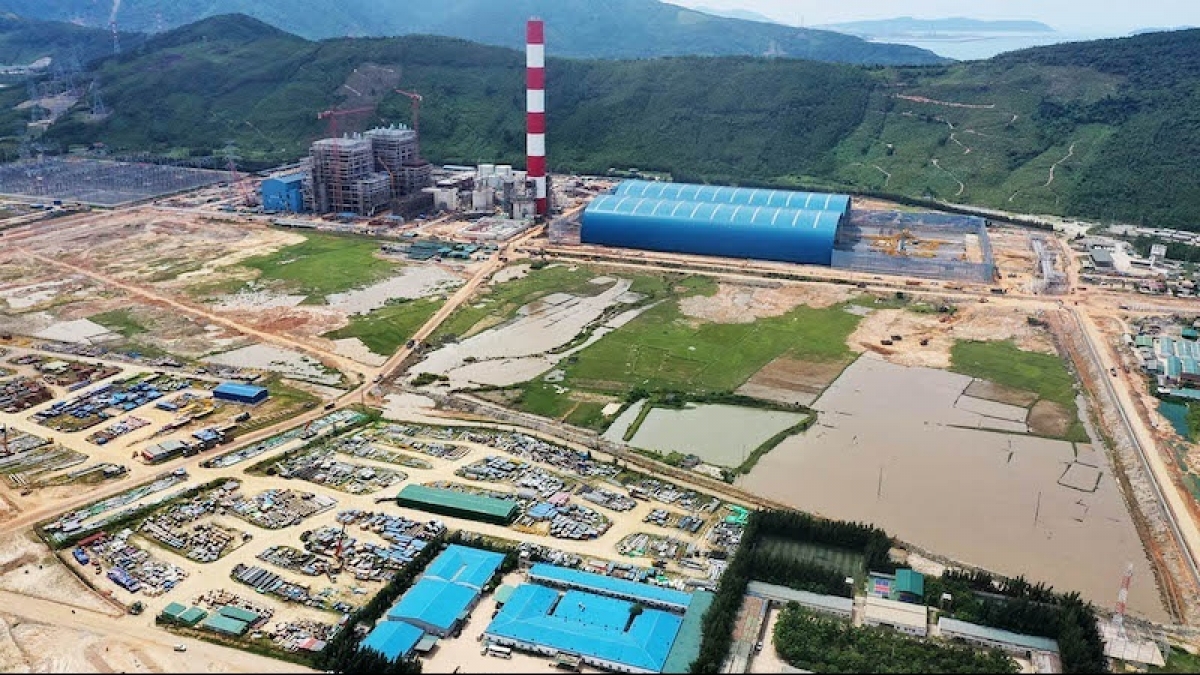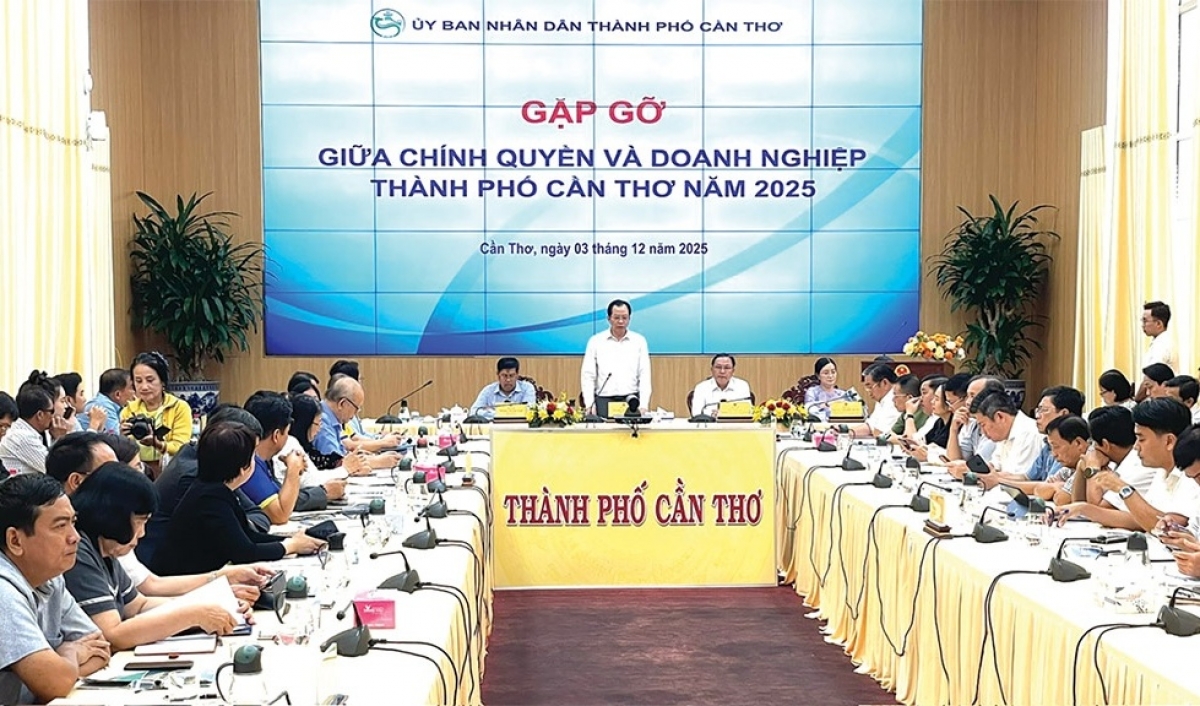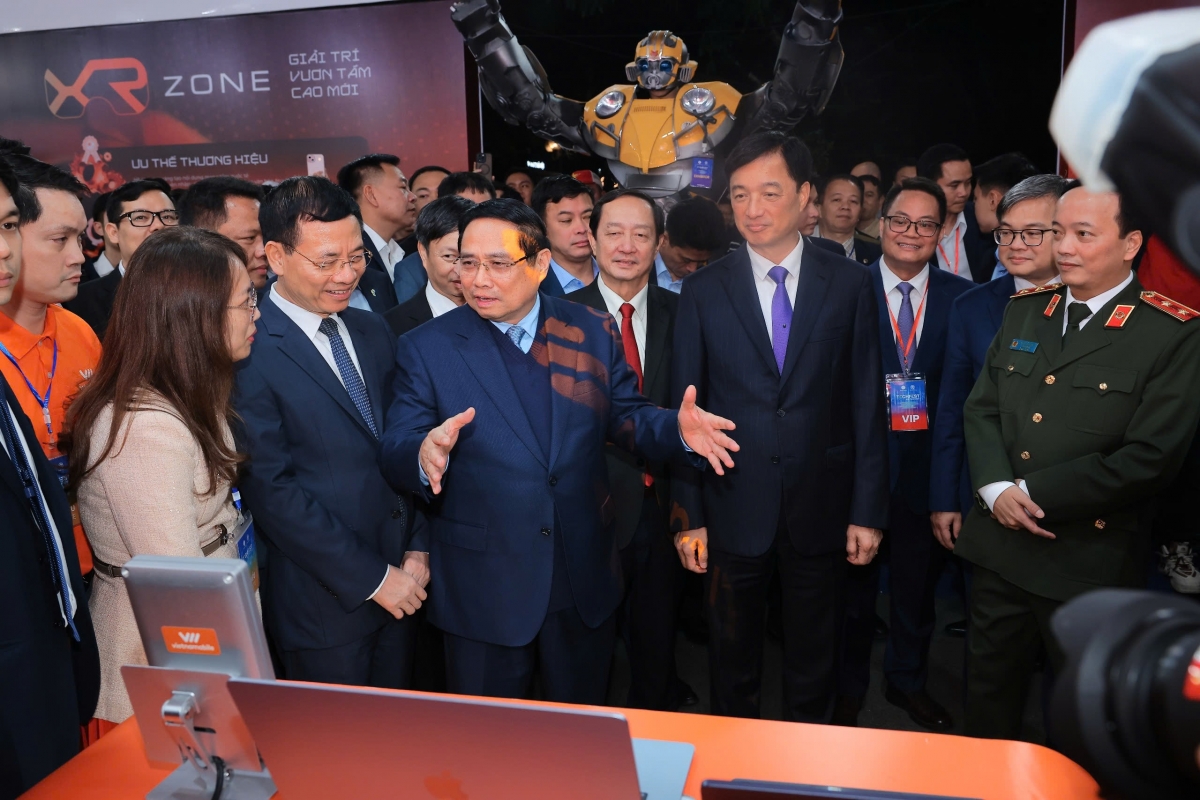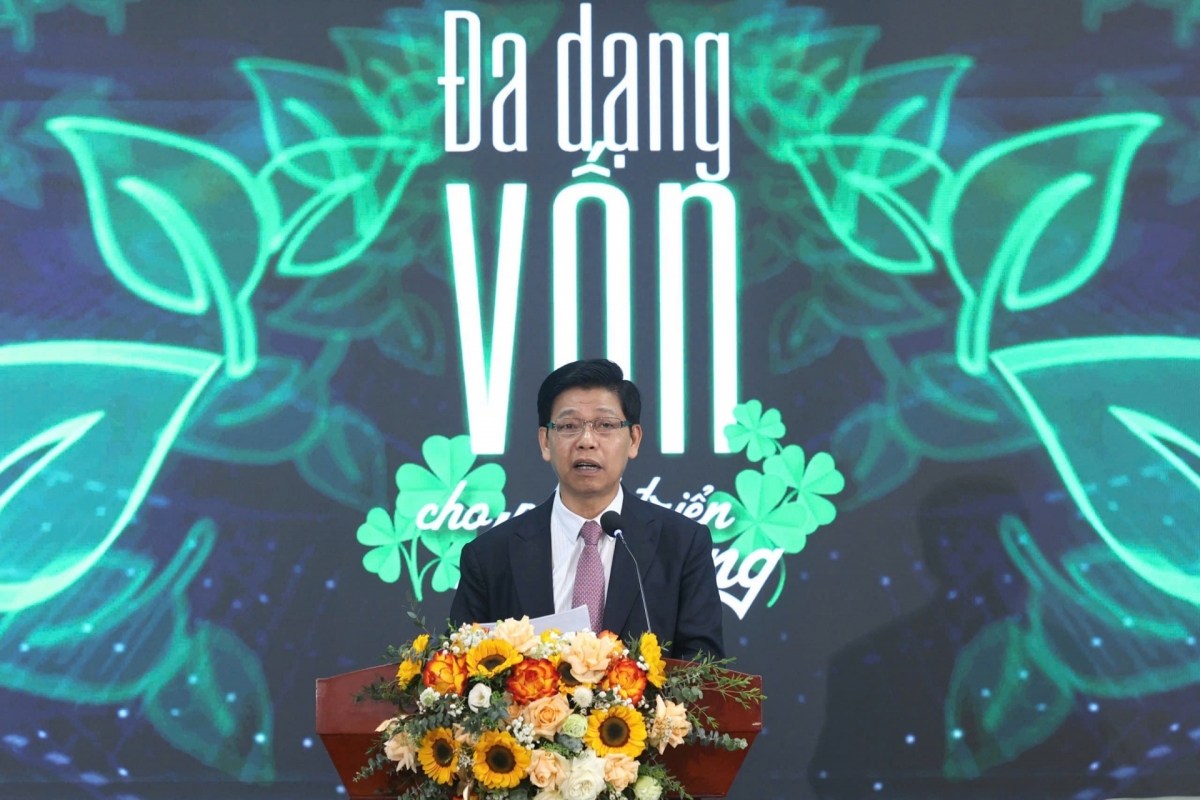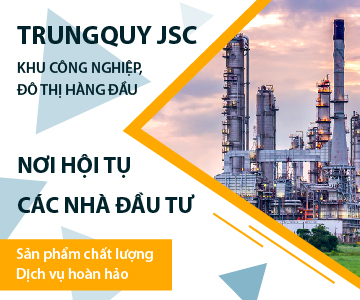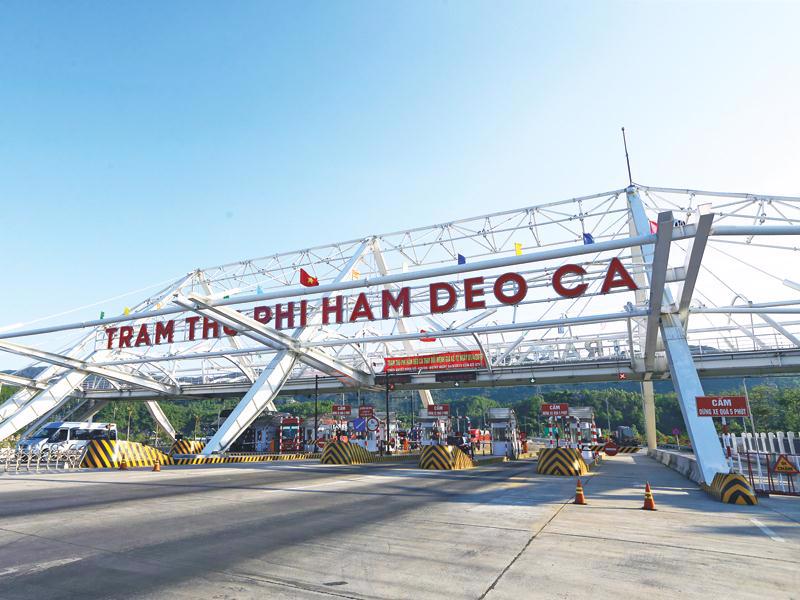INTERNATIONAL INVESTMENT
AND PORTAL
At an extraordinary session on February 13, the National Assembly (NA) discussed the investment plan for the Lao Cai-Hanoi-Haiphong railway project, aiming to meet domestic and international transport needs.
The government proposed the NA to approve the investment policy of the venture with the starting point at the cross-border rail connection between the new Lao Cai Station and Ha Khau Bac Station (China), and the end point at Lach Huyen wharf area.
 Photo: VNR
Photo: VNR
The main line is about 390km long, with the three branch lines about 27.9km long. The venture will be implemented in nine provinces and cities: Lao Cai, Yen Bai, Phu Tho, Vinh Phuc, Hanoi, Bac Ninh, Hung Yen, Hai Duong, Haiphong.
Minister of Transport Tran Hong Minh said that the project to build a new line aims to meet domestic and international transport needs between Vietnam and China, creating an important driving force for socioeconomic development.
The scheme will build a new electrified railway line, single track, 1,435mm gauge, for general passenger and freight transport. The main route section is designed with the speed of 160km/h. The section through the Hanoi area is designed with the speed of 120km/h; while connecting routes and branch routes have designed speed of 80km/h.
The entire route is expected to have 18 stations (including three train-making stations and 15 mixed stations). In addition, to carrying out technical operations to serve train operations, 13 technical operation stations are expected to be arranged.
The land demand is about 2,632 hectares. It will be funded by public investment, with a preliminary total investment of about $8.36 billion.
Minh said that to be proactive and flexible in using capital sources, it is recommended that funding for the Lao Cai - Hanoi - Haiphong railway project include the state budget (central and local); domestic capital sources; foreign capital sources (loans from the Chinese government); and other legal sources.
As planned, in 2025, a feasibility study report will be prepared, striving to basically complete the project by 2030.
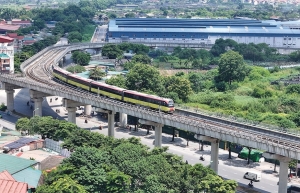 Local groups poised to work on $67-billion railway
Local groups poised to work on $67-billion railway
Several domestic enterprises are stepping forward to join the building materials and manufacturing segments for the North-South high-speed railway project.
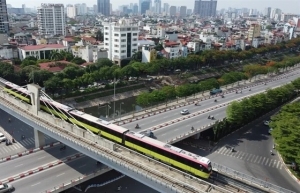 Hanoi plans to build nearly 600km of urban railway by 2045
Hanoi plans to build nearly 600km of urban railway by 2045
Hanoi has approved the development of a comprehensive plan to invest in the capital’s urban railway system, with the goal of constructing more than 600 kilometres of rail by 2045.
 Vietnam SuperPort to enhance railway development and transport to China
Vietnam SuperPort to enhance railway development and transport to China
Seeing room in Vietnam's logistics development and trading with China, Yap Kwong Weng, CEO Vietnam SuperPort, told VIR's Nguyen Huong about the company's plans to seize opportunities.
By Bich Thuy
